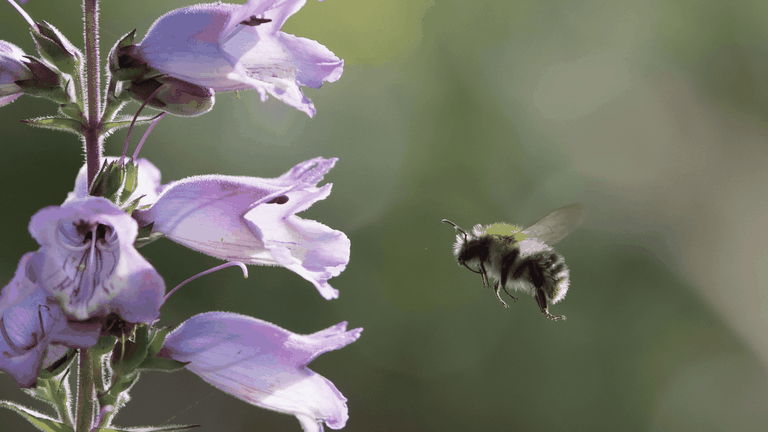https://www.lifegate.it/sonno-fenomeno-collettivo
- |
When was the last time you slept with a group of friends?Maybe at that out-of-town party, at the high school sleepover, or on vacation this summer.And even if you don't like sleeping with others, maybe you've seen some scenes of boys and girls who, by imitation, sleep even when they don't feel like it.It's exactly that what happens to animals that live in groups:they never sleep alone.But why?eA group of scientists led by Pritish Chakravarty of the Max Planck Institute in Konstanz, in Germany, analyzed for the first time sleep as a collective phenomenon, demonstrating with undeniable evidence why we should pay more attention to the "social side" of sleep.For many years, in fact, scientific research has studied the resting phases of different social animals, analyzing their mechanisms, functions and neurophysiology, always considering single individuals.With interesting, but always partial, results.
The new research, published on Cell Press on September 5, he popped out of the labs, considering social animals in their natural context, to study not only what the effects of the physical environment were on the quality and methods of sleep, but also what they were the consequences of the social environment in which they live.According to the authors, thanks to the most modern analysis techniques and the latest technological advances, it came to life like this a new research frontier, still to be discovered, focused on the social dynamics of sleep.
The benefits of collective sleep in the animal world
Strange as it may seem to us, in fact, social animals, not just mammals, draw many advantages of sleeping in a group.There are greater mating opportunities, for example, significant energy savings, thanks to social thermoregulation, and a more effective exchange of information.But also a better selection of safe sites, through the collective decision-making process and then an important reduction in the risk of being preyed upon, thanks to the presence of "sentinels", i.e. individuals chosen specifically to remain active in defense of others, and todilution effect (in short, if there are more individuals in the same place, the probability of each of them suffering an attack decreases).

Tell me how you sleep and I'll tell you who you are
According to the latest studies, the experts explained, it is increasingly clear that Social factors play a fundamental role in shaping sleep patterns and in synchronizing sleep-wake rhythms of an individual with those of the entire group.Many examples can help us clarify this point better.THE olive baboons (Papio anubis), for example, sleep less as their group size increases;the bumblebees (Bombus terrestris) suppress sleep in the presence of their offspring and i mice they may experience synchronized REM sleep when they sleep together with others.Mating strategies also influence the phenomenon.Among the birds, the male sandpipers (Calidris melanotos) suppress sleep for weeks during the mating season, as male fruit flies (Drosophila melanogaster) who lose sleep when mating.
Sleeping together, against social exclusion
AND it's not just hormone levels to shape the quality of rest.THE roles, the hierarchies, The dominance rank, or the internal relationships to the social group, such as affiliation or kinship, strongly influence the types of sleep.For this reason, low-ranking individuals, less important in the group, may suffer a social exclusion, finding themselves in marginal positions in the resting site, more exposed to dangerous conditions, such as the arrival of a predator or greater vulnerability to meteorological and climatic events. We human beings are also included in these complex mechanisms.It is plausible, in fact, that individuals who sleep more and better experience cognitive benefits, such as improved attention, working memory and motor performance, which allow them to build stronger relationships or to compete more effectively in the group, thus increasing their dominance rank.
In short, by treating sleep as a collective phenomenon, experts have begun to reveal the adaptive functions and i evolutionary compromises of sleep that may never have been revealed by the study of individuals.
We argue that interactions carried out during sleep contribute in important, but largely overlooked, ways to group social dynamics, and similarly that patterns of social interaction, group decision making, and the structure of social connections within Animal groups play important, but poorly understood, roles in shaping sleep behavior.
The study, therefore, has exciting potential to reveal previously unpublished information about sleep science and the life of wild animals.With an innovative, complex and difficult to understand thought pattern.And then, let's sleep on it.This time it's time to say it.
